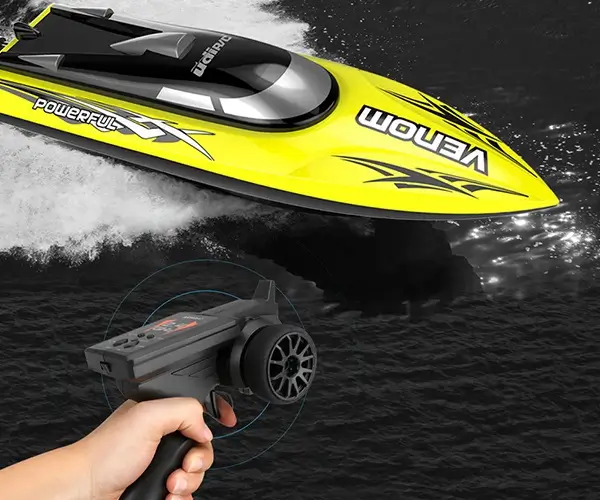Ever wondered why some power tools just refuse to die, while others seem to run out of pep just when you're counting on them? Well, one of the big reasons comes down to the type of motor inside—brushless versus brushed, to be exact. It's a bit like choosing between a classic muscle car and a sleek electric vehicle. Both can get you where you're going, but the experience is totally different.

First off, brushed motors are the old faithfuls, tried and true. They've got brushes—a pair of carbon segments—that make contact with the commutator, delivering power to the armature. Sounds simple, right? It is. But that contact creates a bit of friction and wear over time. Which means those brushes wear down and need replacing eventually. When you're in the middle of a project, that little interruption can feel like an inconvenience.
Now, flip that around and look at brushless motors. They're a marvel of modern design. Instead of brushes, they use electronic switches—think of tiny computer chips—that alternate the current. This innovation reduces friction and wear, which means they last longer and run smoother. Plus, they generate less heat, so your tools stay cooler, and you don’t have to worry about overheating during intense use. If you’ve ever had your drill bog down because it got too hot, you’ll appreciate that.
But hold on—a good question might be: are brushless motors more expensive? The answer? Yes, initially. The technology inside them costs more, but the savings come over time. You get longer-lasting performance, less maintenance, and often better efficiency. Think of it as paying a little more upfront for a tool that doesn’t need constant tinkering.
Some might ask, “Are brushless motors powerful enough for heavy-duty jobs?” Absolutely. While brush motors might pack a punch right out of the gate, brushless ones provide more consistent torque and better speed control. You get precision, which comes in handy when working on delicate tasks or trying to get the perfect finish.
From a practicality standpoint, consider how these motors impact your workday. Brushless motors start faster, run quietly, and—you’ll love this—they often have smarter features like variable speed controls and overload protection. For those long days on site or in the workshop, that’s a game-changer.
And what about maintenance? With brushed motors, think of it as tending to an old car—you’ll need to replace brushes, clean contacts, and clear out dust. Brushless motors? They're more like a sleek spaceship—minimal fuss, maximum ride.
In the end, choosing between brushed and brushless comes down to what fits your style and workload. If you value longevity, less downtime, and a quieter tool, reach for the brushless. If you need something straightforward and affordable, brushed might do the trick—at least for now.
So, next time you're picking a power tool or considering upgrades, think about how much smoother and more efficient your work can be with the right motor technology. Because in the world of power tools, that little difference in motor design can make a huge difference in your day-to-day.
Kpower has delivered professional drive system solutions to over 500 enterprise clients globally with products covering various fields such as Smart Home Systems, Automatic Electronics, Robotics, Precision Agriculture, Drones, and Industrial Automation.




































